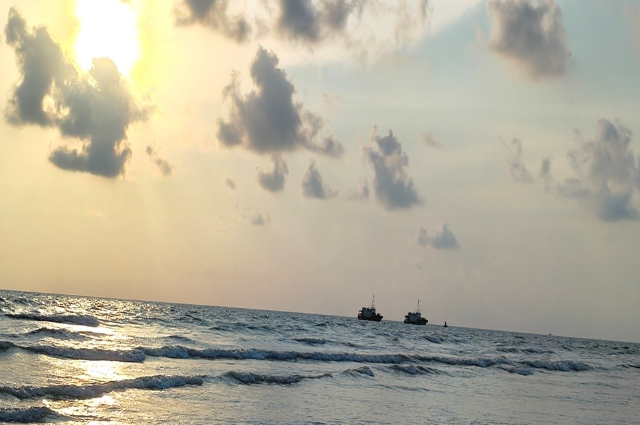
Mohona, the confluence of the Ganges River with the Bay of Bengal, Gangasagar
After days of relentless downpour, which seemed almost like nature’s way of cleansing the earth for our impending journey, I embarked on a much-anticipated pilgrimage to Gangasagar on a cloudy yet promising morning—Saturday, 19th July, 2025. The journey began from the historic Outram Ghat in Kolkata, where I boarded a river cruise service provided by Osprey Waterways. What could have been an ordinary trip by road transformed into a five-hour odyssey of serenity, reflection, and immersion into Bengal’s riverine culture.
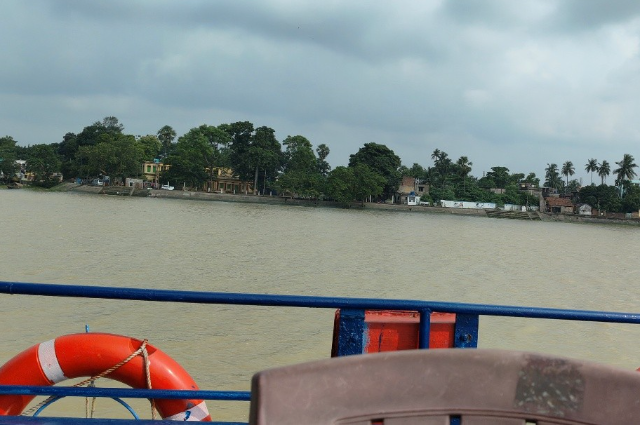
On deck Osprey Waterways Cruise
The Cruise: Sailing into Tranquillity
Opting for the river cruise to Gangasagar was one of the best travel decisions I’ve ever made. As the vessel gently glided along the Hooghly River, flanked by emerald riverbanks dotted with sleepy hamlets and swaying coconut trees, I sat on the deck soaking in every ounce of the journey. Fishing boats drifted past like ancient sea spirits, and the occasional sighting of rural life added warmth to the overcast morning. Even with grey skies above, the ambiance felt bright and peaceful. Watching the sun slowly descend on our return leg, leaving behind golden trails across the river, was nothing short of soul-soothing.
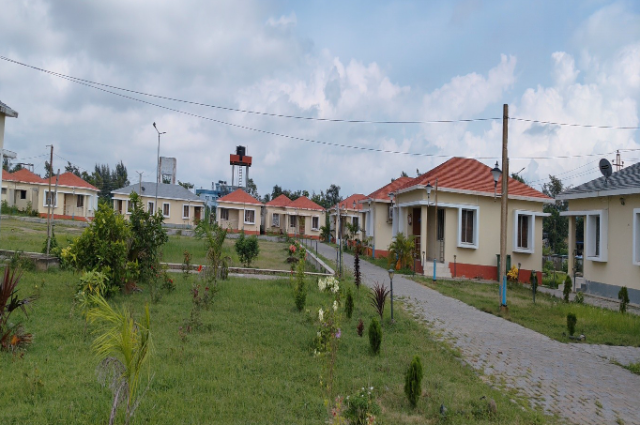
Gangasagar Tourism Property under West Bengal Tourism Department
Kachuberia to Gangasagar: The Road Through the Heartland
We reached Kachuberia Jetty by afternoon, where Tata Sumo jeeps awaited to ferry us to our night’s abode at the Gangasagar Tourism Property, maintained under the West Bengal Tourism Department. The 40-minute drive from the jetty to the property was pleasant, winding through rustic villages, narrow roads, and small Moffusil towns where the simplicity of life reminded me of childhood storybooks.
The Tourism Property, at first glance, seemed vast and luxurious. But the promise of comfort and care quickly dissolved into disappointment. The place lacked adequate manpower and professional service. We had to haul our luggage ourselves as no porters were available. The room locks were malfunctioning, and essentials like drinking water, tea bags, sugar sachets, and milk powder were either insufficient or missing. Calls to the reception went unanswered, and our requests for cold drinks or water were denied outright due to ‘lack of stock’. In the middle of the night, we had to walk to the reception to get drinking water and glasses.
Such disservice stands in stark contrast to the well-maintained tourism properties of neighbouring states like Odisha. Despite the abundance of natural and cultural wealth in West Bengal, poor administration, inadequate staffing, and negligence dampen the tourism potential. What is needed is a genuine, organized effort by the authorities to revive and properly run these state properties.
Unexpected Companions and Heartfelt Connections
Despite the glitches, it is often the people who make a trip memorable. Initially, I had my reservations about sharing space with strangers, but those apprehensions were soon laid to rest. I was joined by a delightful sibling duo—amiable, fun-loving, and engaging. Our instant camaraderie made the experience far more enriching. Post a short afternoon nap, the three of us hired a local tuk-tuk and headed out to explore the soul of Gangasagar.
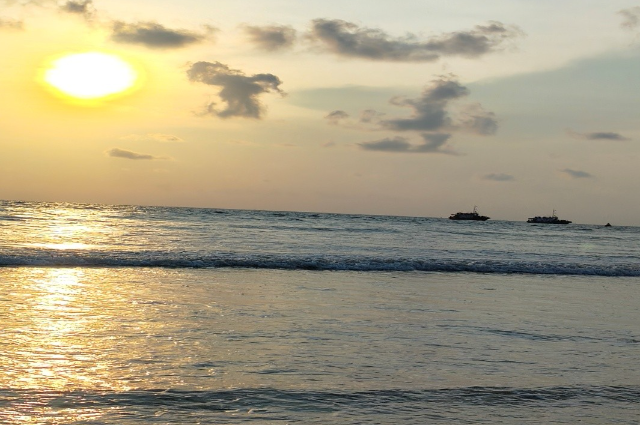
Mohona
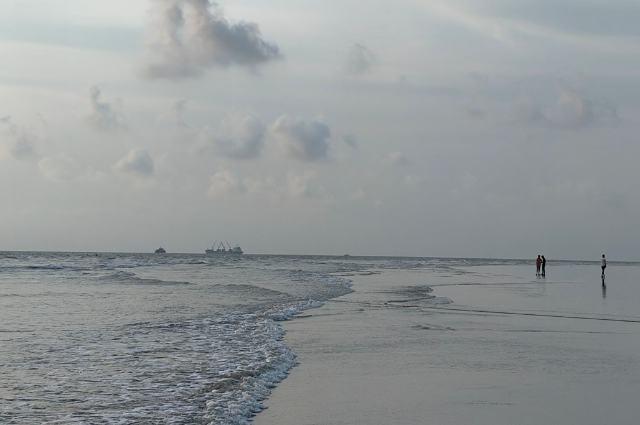
Mohona, the confluence of the Ganges River with the Bay of Bengal
Mohona: Where the Ganges Meets the Sea
Our first evening destination was the famed Mohona, the divine confluence of the sacred Ganga River and the expansive Bay of Bengal. As the tuk-tuk bumped along the narrow rural roads lined with Jhau (saltcedar) trees—now extinct in Digha due to rampant deforestation—a serene, almost meditative silence enveloped us. The beach was surprisingly empty, offering a perfect setting for spiritual reflection.
We walked barefoot across the damp, golden sands, soaking our feet in the blessed waters of the sangam. According to popular belief, “Sob thirtha bar bar, kintu Gangasagar ekbar,” meaning one may visit many pilgrimage sites multiple times, but Gangasagar only once in a lifetime. This is not just a saying, but a testament to the sacred gravity of the place. We sprinkled the holy water on our heads and watched the sun dip into the horizon, casting a warm glow on the water—an unforgettable moment etched in memory.
From there, we proceeded to Kapila Muni Ashram, a revered temple where we attended the Sandhya Aarti.
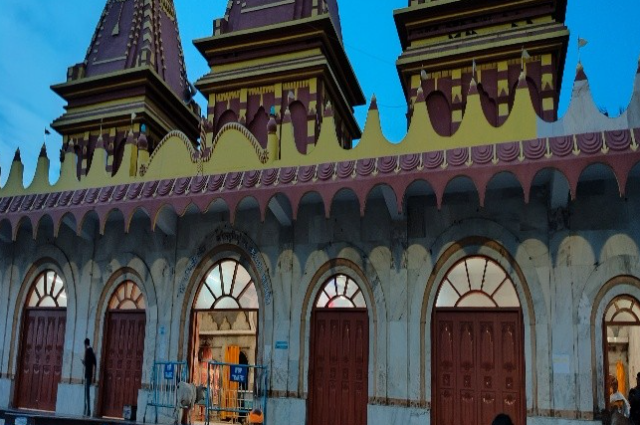
Kapila Muni Ashram
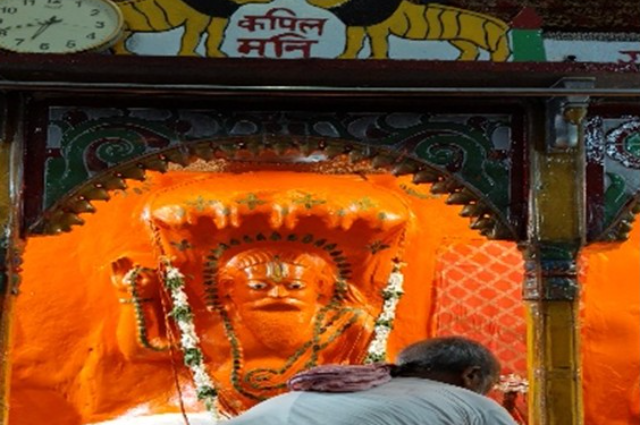
Idol of Kapila Muni
Kapila Muni Ashram: A Divine Legacy Beneath the Waves
The Kapila Muni Ashram is deeply rooted in the mythological and spiritual history of India. According to legend, the sage Kapila was an incarnation of Lord Vishnu and an ascetic of immense spiritual power. The temple was built at the very site where Kapila Muni is believed to have meditated. Mythology narrates how King Sagar’s 60,000 sons were reduced to ashes by Kapila’s fiery glance when they interrupted his penance. It was only when Bhagirath, a descendant of King Sagar, brought the Ganges down from the heavens that their souls attained salvation.
The ashram has, over centuries, been claimed by the sea several times and reconstructed again and again. Each time the tide rises and washes parts of it away, it is seen as an act of divine will rather than calamity. Today, the temple stands a few hundred metres from the water, rebuilt with resilience and faith. Pilgrims from across the country gather here during Makar Sankranti in January for the holy Gangasagar Mela, where lakhs of devotees take a dip at the confluence to purify their souls. The sight of throngs of sadhus, spiritual seekers, and humble villagers standing side by side in the chill of January morning water is a divine spectacle of unity and faith.
A Stroll, Adda, and Rest
After the aarti, we roamed the nearby stalls that sold everything from seashell trinkets to piping hot pakoras. It was around 8 pm when we returned to our cottage. A hearty dinner followed an engaging adda session filled with laughter and philosophical musings. Soon after, we retired for the night, our hearts full and minds buzzing with the day’s rich tapestry of experiences.
The Morning After: A Feast and a Cultural Dive
The next morning began with a delightful Bengali breakfast including puris, alur tarkari, boiled egg, banana, and warm gulab jamun. Our tuk-tuk driver, Biswanath Maity, took us for a local sightseeing tour. This is a part that many skip, but I strongly recommend for anyone who wishes to understand Gangasagar beyond its spiritual headline.

Graharaj Shani Mandir
Graharaj Shani Mandir and Serpentine Symbolism
Our first halt was the Graharaj Shani Mandir, a small but popular roadside temple dedicated to Shani Dev, revered for justice and karma.
Gangasagar is also home to numerous Mansa Devi or Nag Mandirs, a direct consequence of its dense, wet, snake-infested landscapes. Devotees build these temples to appease Mansa Devi, the Goddess of snakes, in the hope of protection from venomous bites and snake-related calamities.
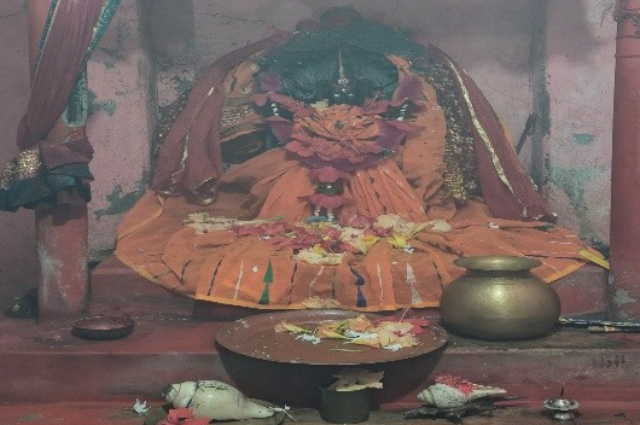
Bishal Akhi Mata Idol carved out from touchstone
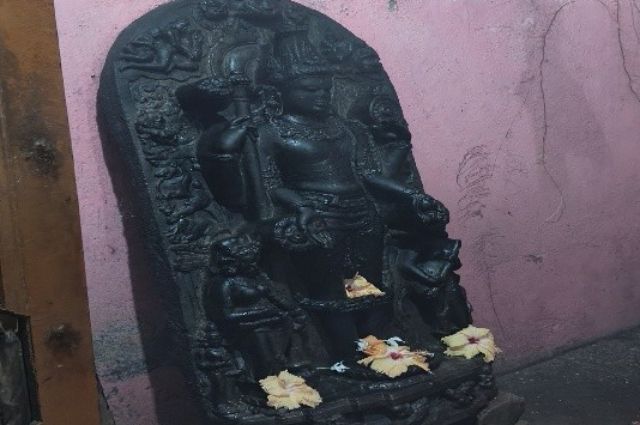
Vishnu idol carved out of touchstone
A Glimpse into Local History: Bishal Akhi Mata Mandir
We then arrived at the 200-year-old Bishal Akhi Mata Mandir, now under the care of the local panchayat. The temple, founded by zamindars Suborno Banik and Prasad Das Dutta, houses idols made of touchstone, said to have drifted ashore and then installed within the temple. Just a few steps away lies a quaint Basanti Devi Temple, quiet and shaded by age-old trees.
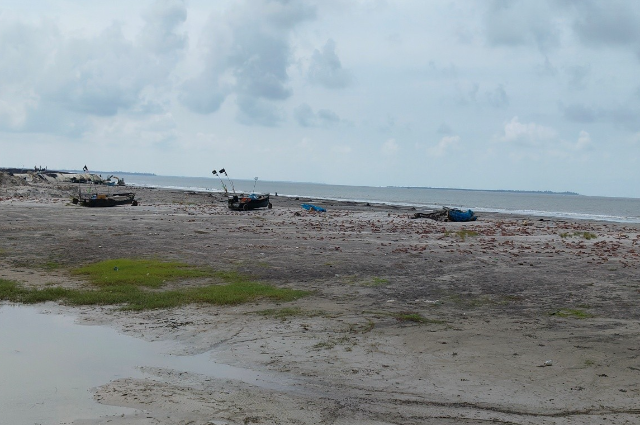
Aila affected area and village in Gangasagar
The Legacy of Aila: Stories of Devastation and Resilience
Next, Biswanath Babu took us to a shore devastated by the Aila cyclone in 2009. From an embankment, we witnessed haunting remnants of a village washed away. In the distance, the outlines of Mausuni Island, Henry Island, and Bakkhali peeked through the mist. It was a poignant moment—nature’s fury juxtaposed with human endurance.
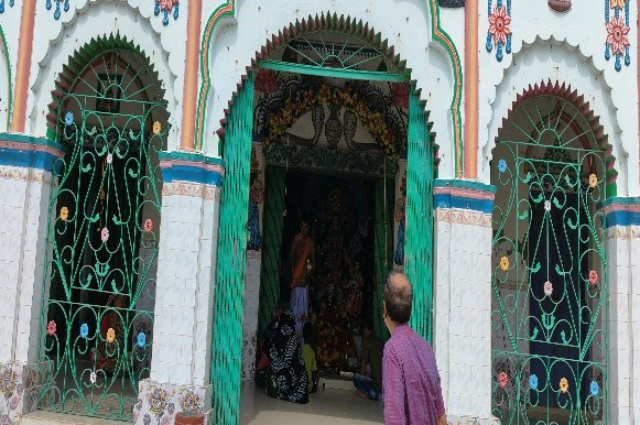
Mansa Devi Temple
Mansa Devi Temple and the Sacred Sacrifices
Our journey continued to the prominent Mansa Devi Temple, where goat sacrifices or patha balis are still part of ritual practices during the auspicious month of Srabon. Faith in Mansa Devi’s blessings as a fulfiller of wishes remains strong among locals.
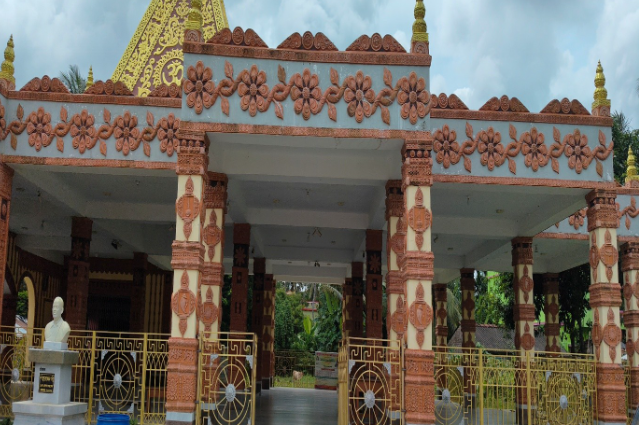
Gostomatta Mandir
Gostomatta Mandir and Nag Sarovar: A Spiritual Confluence
We next visited Gostomatta Mandir, maintained by the State Government, with efforts underway to renovate the temple complex. Donations were being collected for its development.
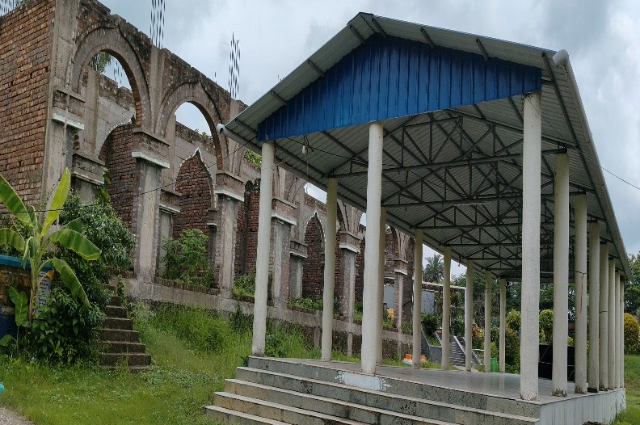
Nag Mandir
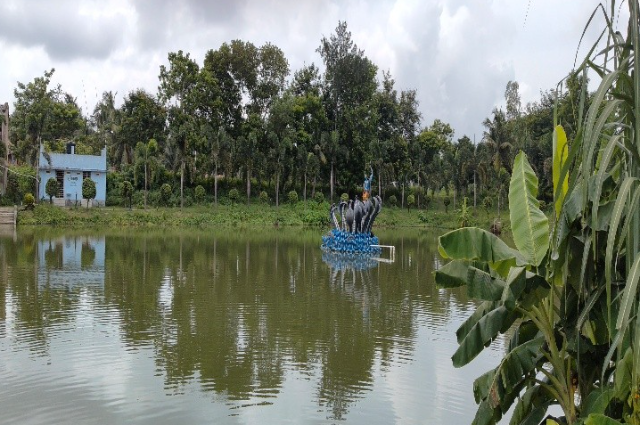
Nag Sarovar
Nearby lies the Nag Sarovar Mandir, once destroyed by Cyclone Amphan, now functioning through a temporary structure. A peaceful Shiv Mandir and a lovely pond housing countless fish made the atmosphere tranquil. Buying channa from the premises to feed the fish brought joy and childlike wonder.
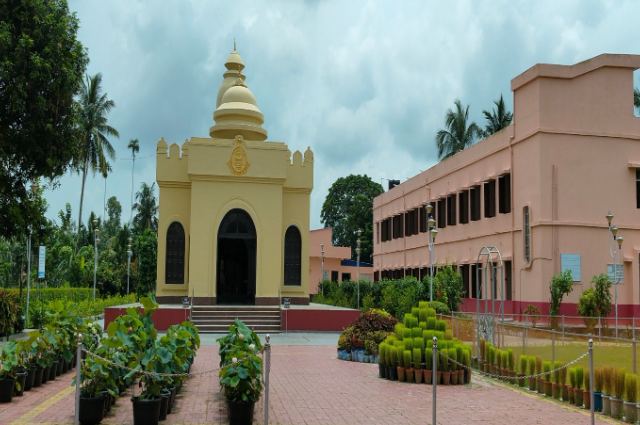
Ramakrishna Mission, Manasadwip, Gangasagar
Ramakrishna Mission, Manasadwip: A Beacon of Service
Our final halt was the Ramakrishna Mission, Gangasagar, a sprawling 20-acre institution dedicated to social service. The campus includes a school, a vocational training centre for women, a boys’ hostel, and even a dental clinic. The serenity of the place, its disciplined environment, and selfless service mirrored the values preached by Swami Vivekananda and Sri Ramakrishna.
On our way back, we passed the ISCKON Temple, another spiritual centre quietly contributing to the divine energy of the region.
Conclusion: An Awakening Beyond Pilgrimage
Gangasagar is not just a pilgrimage; it is a spiritual awakening, a cultural immersion, and an environmental reflection. From its mythical confluence to its humble temples, from the resilience of its storm-battered shores to the kindness of its people, the land speaks in silent waves and whispered prayers.
Though the tourism infrastructure may still be in need of considerable improvement, the essence of Gangasagar lies in its faith, folklore, and the fierce spirit of its land and people. With better governance and heartfelt promotion, it can bloom into one of India’s most sought-after spiritual destinations.
As I returned to Kolkata with salt in my hair, sand in my shoes, and stories in my heart, I realised that some journeys don’t just take you places; they bring you home to yourself.
